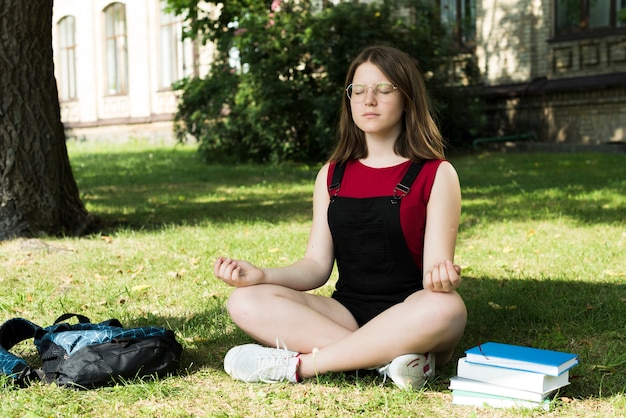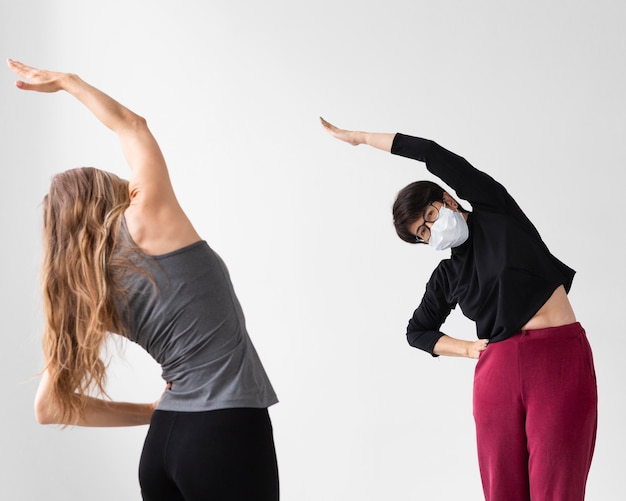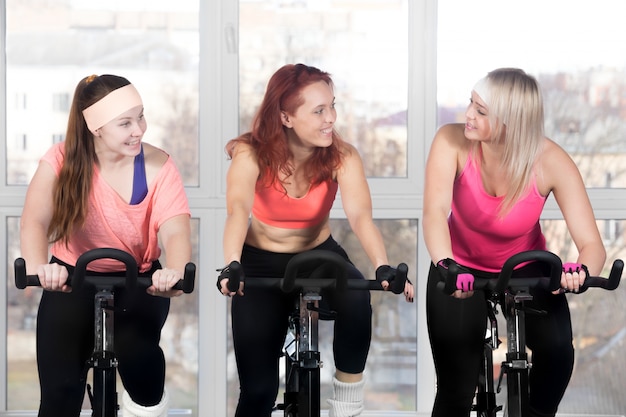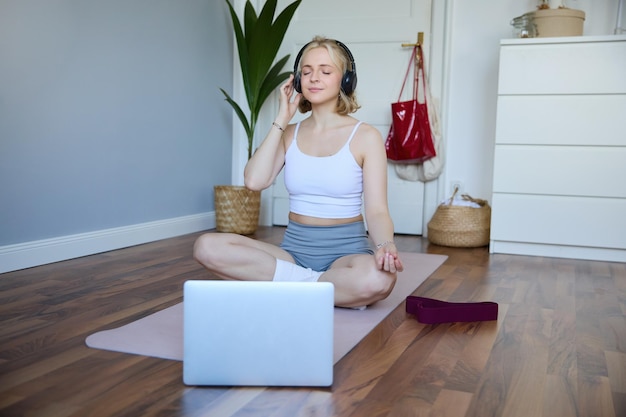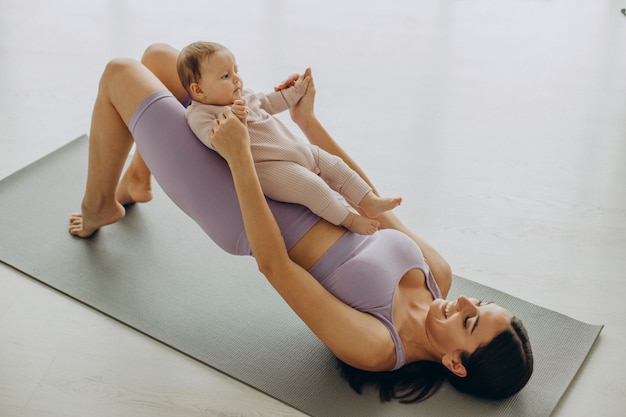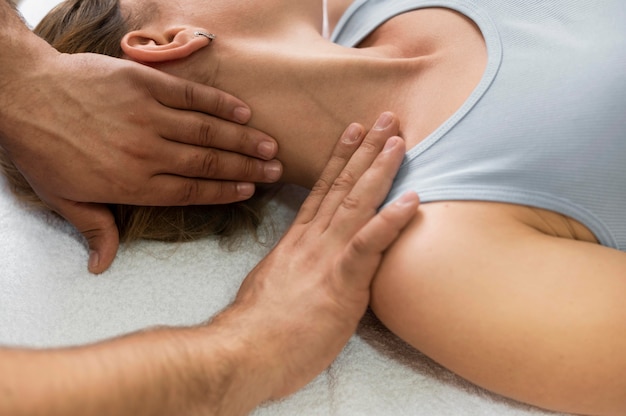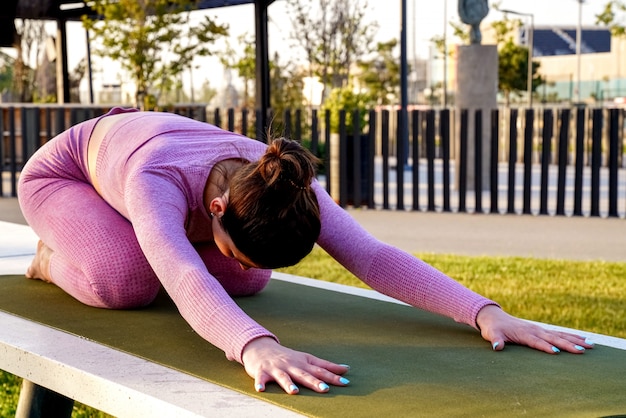12 Minutes to Calm: A Student’s Guide to Starting Yoga with Simple Daily Routines
Balancing lectures, assignments, and social life can leave little room for self-care. Yet, research shows that even a short daily yoga practice can reduce stress, improve focus, and support physical health—especially for students. The good news? You don’t need hours. Just 12 minutes a day can make a real difference.
Why 12 Minutes of Yoga Works
Studies suggest that brief, consistent movement practices enhance mental clarity and emotional regulation. A 12-minute routine is long enough to activate the parasympathetic nervous system—responsible for relaxation—and short enough to fit into a study break or morning routine. For students, this means improved concentration, reduced anxiety, and better sleep—all backed by science.
According to movement experts, short yoga sessions focusing on breath and mobility can increase flexibility, relieve tension (especially in the hips and lower back), and boost energy—without requiring prior experience or special equipment.
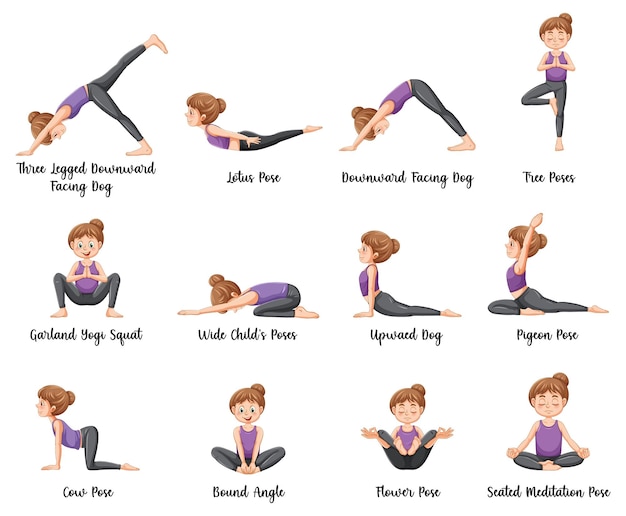
A Simple 12-Minute Daily Yoga Routine
This beginner-friendly sequence requires only a yoga mat (or towel) and a quiet corner. Practice it in the morning to energize your day or in the evening to unwind.
- Centering & Deep Breathing (2 minutes): Sit comfortably with a straight spine. Close your eyes and inhale deeply through the nose for 4 counts, hold for 2, exhale for 6. Repeat for 10 cycles. This calms the mind and prepares the body.
- Neck and Shoulder Rolls (1 minute): Gently roll your shoulders forward and back. Then, slowly tilt your head side to side and forward and back. Release tension built up from sitting at desks or looking at screens.
- Seated Forward Bend (1 minute): Extend legs forward, hinge at hips, and reach toward toes. Keep back straight; don’t force the stretch. This relieves lower back tension and calms the nervous system.
- Downward-Facing Dog (2 minutes): From hands and knees, lift hips up and back into an inverted V. Pedal feet gently to stretch calves. Strengthens arms, stretches hamstrings, and improves circulation.
- Low Lunge (1 minute per side): Step one foot forward between hands, lower back knee. Lift torso and reach arms overhead. Switch sides. Opens hips and counteracts prolonged sitting.
- Bridge Pose (2 minutes): Lie on your back, knees bent, feet hip-width apart. Lift hips toward the ceiling. Interlace hands under your back if comfortable. Opens the chest and strengthens the glutes.
- Legs-Up-the-Wall Pose (2 minutes): Lie on your back and extend legs vertically against a wall. Rest arms by your sides. This restorative pose reduces swelling, calms the mind, and aids recovery.
- Final Relaxation (Savasana) (1 minute): Lie flat, arms relaxed at sides, palms up. Close eyes and breathe naturally. Let go of all effort. Even one minute of mindful stillness resets the nervous system.
Simple Habits to Build a Sustainable Practice
Consistency matters more than duration. Here’s how to make yoga a lasting habit:
- Anchor it to an existing habit: Practice right after brushing your teeth or before checking your phone in the morning.
- Use reminders: Set a daily alarm labeled “Yoga Time” or add it to your study schedule.
- Keep your mat visible: Roll it out in your dorm or room—it’s a visual cue to practice.
- Track your streak: Use a habit tracker app or calendar to mark each day you complete your 12 minutes.
- Start small on busy days: If 12 minutes feels long, do 5. The goal is consistency, not perfection.
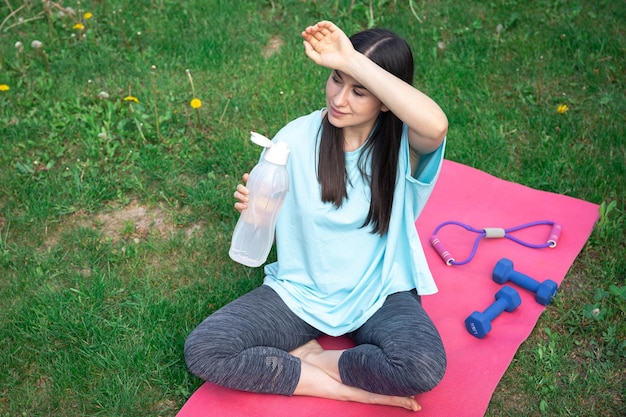
Evidence-Based Benefits for Students
Multiple studies highlight yoga’s positive impact on academic life:
- Reduces perceived stress and anxiety levels in college populations.
- Improves sleep quality, which supports memory consolidation and learning.
- Enhances focus and emotional regulation, leading to better classroom performance.
- Relieves physical discomfort from long hours of sitting—especially hip and back pain.
A 12-minute daily practice taps into these benefits without adding to your schedule. It’s not about mastering poses—it’s about showing up for yourself, one breath at a time.
Final Thoughts
Starting yoga doesn’t require flexibility, hours of time, or expensive gear. For students, a 12-minute daily routine offers a sustainable, science-backed way to manage stress, improve well-being, and stay grounded amid academic pressure. With simple movements, mindful breathing, and consistent habits, you can build a practice that supports both your body and mind—no matter how busy your schedule.
Roll out your mat, set a timer, and begin. Your 12 minutes start now.






